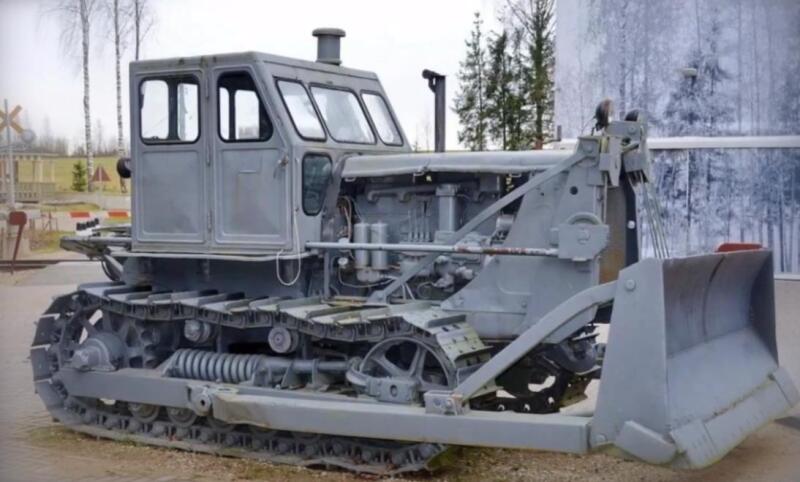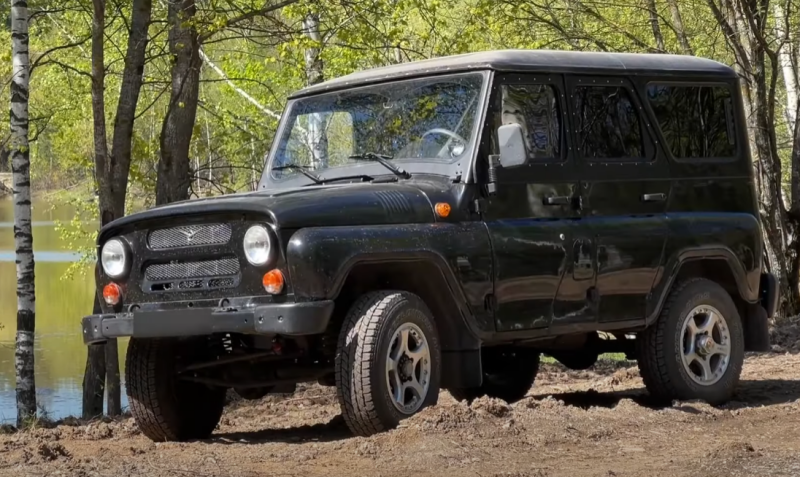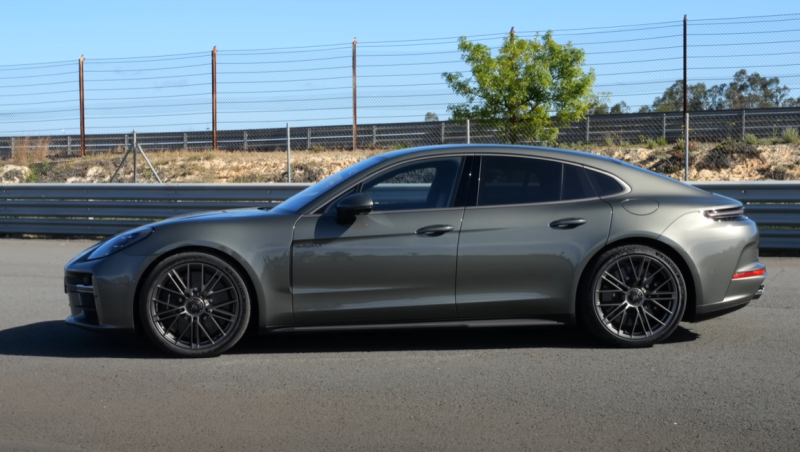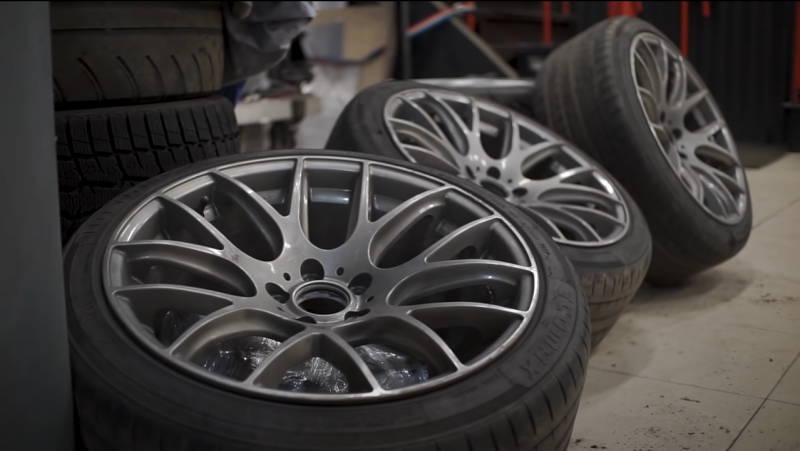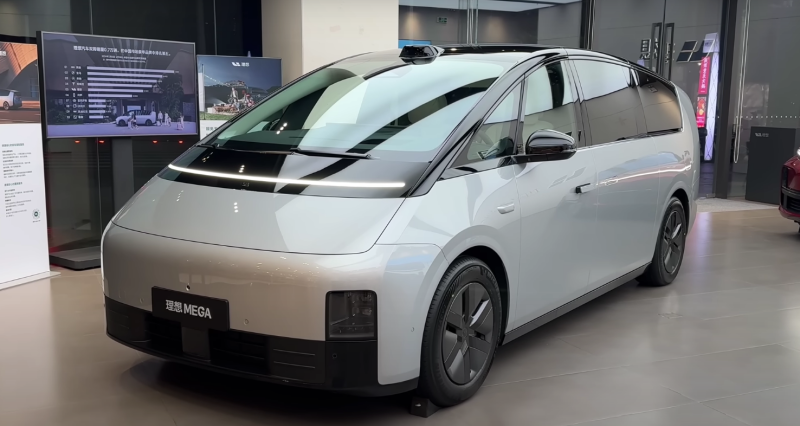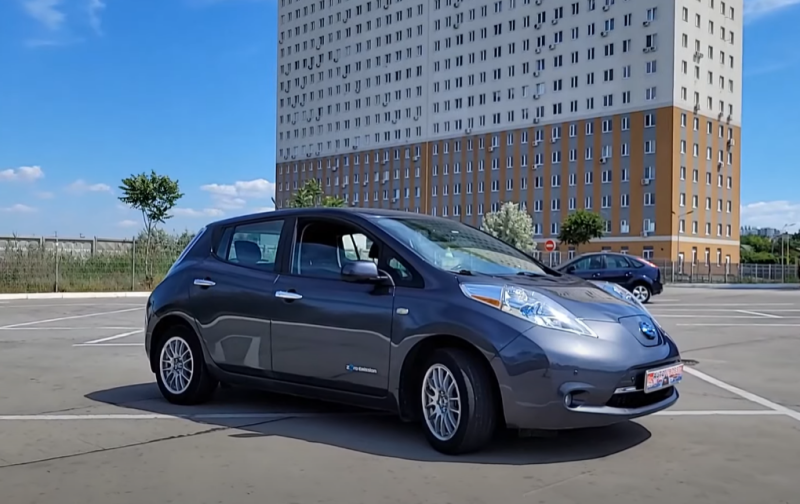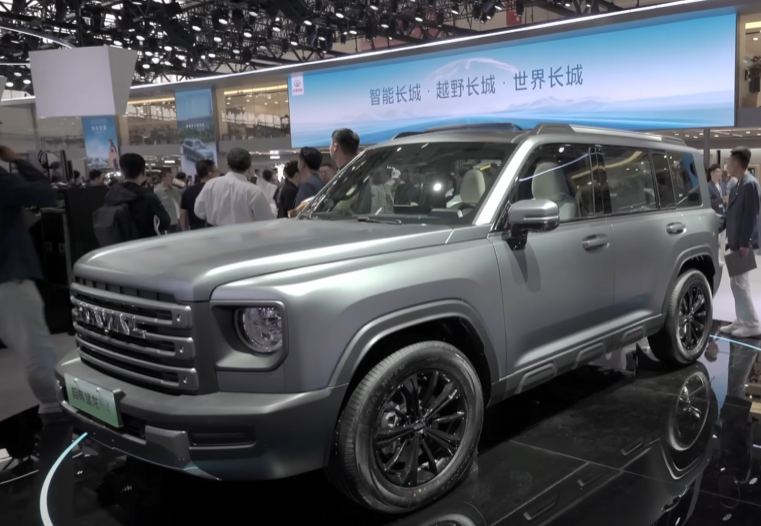How the T-100 appeared
In fact, this is a modernized "Stalinets". However, if you dig deeper, then the predecessor of the S-100 was the S-80, and its predecessor was the S-60. In the late 20s and early 30s, the USSR did not have a developed tractor industry, so they took the American Caterpillar Sixty as a basis.
 The American tractor was originally called the Best 60. Photo: YouTube / com.
The American tractor was originally called the Best 60. Photo: YouTube / com.The device is extremely unpretentious: there was no cabin - in fact, the car was an engine with controls, placed on a frame with a transmission. Of all the amenities - a seat that resembled a chair. "Stalinets-60", produced until 1937, was the same. Next, the S-65, which was produced before the war, was put on the conveyor.
 "Stalinets-60" on a pedestal. Photo: YouTube/com.
"Stalinets-60" on a pedestal. Photo: YouTube/com.And after it, in 1946, he went into the S-80 series, which received a cabin, however, a wooden one. However, the first models of the GAZ-20, Moskvich-400 cars were also without a roof. It's just that the post-war industry has not yet produced wide-rolled sheets. S-80, and then S-100 helped to restore the destroyed national economy, were participants in the development of virgin lands.
 The S-100 is no less legendary. Photo: YouTube/com.
The S-100 is no less legendary. Photo: YouTube/com.In many cities, monuments have been erected to these working tractors: once really working machines flaunt on pedestals.
T-100: beginning and names
In fact, there was a transitional model from the "Stalinets", in the documents called the T-108. But in fact, this is a modernized version of the T-100 with the T-100M index, produced from 1962 to 1965. The new machine was to be called S-100M. However, due to political circumstances (“debunking the cult of personality”), the tractor was given a different “name”. In the fall of 1963, the first copy of the "weave" finally left the factory floor.
Technical features
The car was assigned the 10th traction class. Her own weight was eleven tons. With such a weight, the equipment had a good indicator of tractive effort at that time. In 1st gear - 9,5 tons, in the last - 5 tons. The unit turned out to be overall: length, width and height - 4,2, 2,4 and 3 m, respectively. Track, ground clearance - 180 and 33,1 cm. At the same time, the length of the bearing area of the tracks is 2,3 m. The pressure on the ground is 0,47 kgf / sq. cm - a very small value that allows you to use the "weaving" on arable land and successfully overcome wetlands.
Power unit
D-108 was specially made for this model. The four-cylinder engine weighs 2,1 tons, produces 108 "horses". Other T-100 parameters:
✅ engine capacity - 15,5 liters
✅ maximum speed - 1070 rpm
✅ diesel fuel consumption - about 20 l / h
✅ tank capacity - 235 l
Of the features of the engine, it is necessary to note the combustion chambers, "equipped" in the bottoms of the pistons, plus direct injection.
 Unlike its predecessor, the T-100 had a more advanced engine, and a foreign inscription says that the tractor was exported. Photo: YouTube/com.
Unlike its predecessor, the T-100 had a more advanced engine, and a foreign inscription says that the tractor was exported. Photo: YouTube/com.Also, nine nozzles were installed in the nozzles: earlier - one at a time. Another innovation is the jet centrifuge located in the oil filter.
 Direct injection on ChTZ tractors was first tested on the T-100. Photo: YouTube/com.
Direct injection on ChTZ tractors was first tested on the T-100. Photo: YouTube/com.For refueling from stationary tanks below the fuel tank, a vacuum mechanism was used, powered by exhaust energy.
To start the power plant, the P-23 auxiliary unit, popularly referred to as the "launcher", is used. And he, in turn, can be started from a battery starter (later versions of the tractor) or manually. The last method is the most common. For the sake of economy, the first T-100 models had their own "chip": at idle, the 2nd and 3rd cylinders were turned off. True, later the "option" was abolished.
Chassis
There were no fundamental differences from the S-100. But there was still a plus. This is a simplification of the repair: the clutch was mounted separately - that is, it was not necessary to remove the gearbox to replace any of its elements. By the way, it is mechanical, “gave out” five forward gears and four reverse gears.
 Most often, the tractor was used as a bulldozer. Photo: YouTube/com.
Most often, the tractor was used as a bulldozer. Photo: YouTube/com.The tractor accelerated to no more than 10 km / h. The suspension, which includes caterpillar trucks, is made semi-rigid (there is a balancer).
What's in the "salon"?
By the standards of that time, the cabin was quite “comfortable”. There was light, the seat was made soft. Other amenities include ventilation and a heater. The first was not very successful: the engine air filter was in the cab. Ventilation was carried out constantly, but inside there was a strong noise from a running engine.
 Comfort used to be the last thought (the green air filter is visible). Photo: YouTube/com.
Comfort used to be the last thought (the green air filter is visible). Photo: YouTube/com.If the cabin is compared with the S-100, the differences can only be found in its shape. There are not many controls: the first versions of the T-100 had six levers and a pair of pedals.
Hinge management
On the first models, up to the 70s, it was cable. A winch mechanism was installed behind the machine, with the help of which the tractor driver could, for example, raise and lower the bulldozer knife.
 On the first models, instead of hydraulics, there was a cable mechanism at the back. Photo: YouTube/com.
On the first models, instead of hydraulics, there was a cable mechanism at the back. Photo: YouTube/com.By the mid-70s, the cable system was replaced by hydraulics (it received the DZ-54 index), which greatly facilitated the work of the tractor driver.
Modifications
As reported above, there were 14 of them, but the number of trailed units was estimated at two hundred and even more. Frequently encountered versions of the S-100 (letters were added to the index, sometimes with numbers):
✅ "B" - a swamp equipped with caterpillars of a different type
✅ "MGP" - an industrial unit equipped with a hitch in front, hydraulics and a hitch in the back
✅ "BG" - a model of cross-country ability, created on the basis of "MGP"
✅ "MGS" - a machine equipped with a power take-off shaft, designed to perform oar (mainly) work on virgin lands, rural areas
✅ "MGP-1" - a lightweight version of the basic "weave" without a cabin
✅ "MZGP" - is distinguished by the presence of servo drives that reduce physical effort when driving a tractor
✅ "T" - equipment specially adapted for laying pipes
As for the other "professions" of the tractor, then, depending on the specifics of the work, it can play the role of a brush cutter, soil cultivator, stone remover and stump remover, crane, pile driver, reclamation equipment.
 Here the T-100 is designed as a lift. Photo: YouTube/com.
Here the T-100 is designed as a lift. Photo: YouTube/com.And this is not all the operations that a universal machine can perform.
Pros and cons of the T-100
For several decades, the tractor has not been produced. However, you can still meet him and even buy a used copy. For example: today for the T-100 of the late 60s they ask for 200 thousand rubles. Of the advantages of the machine - simplicity of design, maintainability, the ability to install a wide variety of equipment. And the car is “indifferent” to the quality of fuel and can itself “suck” it out of any container.
 And today there are T-100s in working order. Photo: YouTube/com.
And today there are T-100s in working order. Photo: YouTube/com.Of the minuses, a serious decrease in tractive effort stands out when working at a higher speed. The second point that was not paid attention to in the 60s was the lack of convenience and comfort at work. A person got very tired during a shift, being constantly in the roar of the engine and physically moving heavy levers. The time of the T-100 has gradually gone: new, less bulky, more economical, comfortable and powerful machines have appeared.
